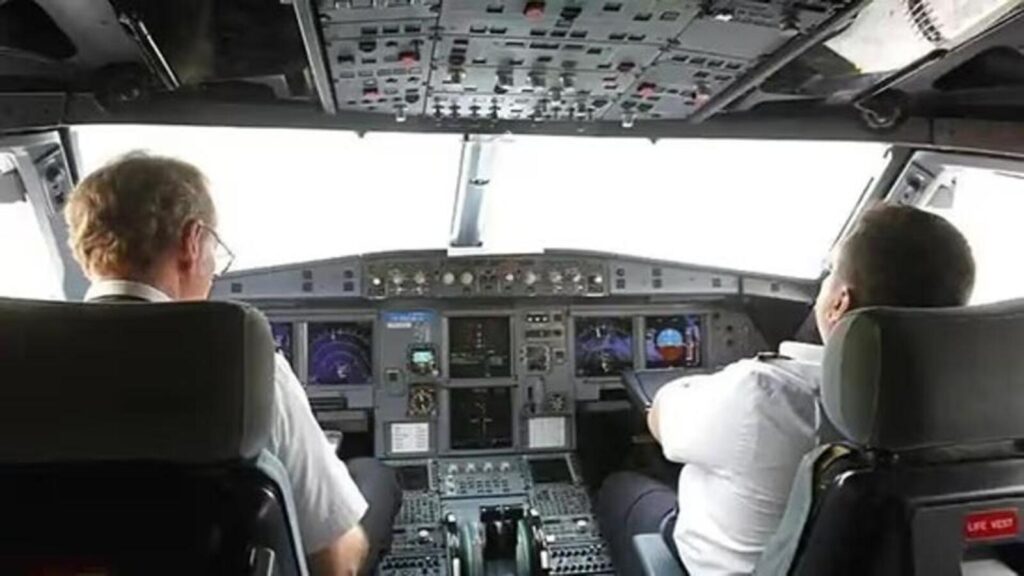Now Reading: Air India Ahmedabad Incident Triggers Flight Fear Among Travellers; Cancellations Rise, Bookings Dip
-
01
Air India Ahmedabad Incident Triggers Flight Fear Among Travellers; Cancellations Rise, Bookings Dip
Air India Ahmedabad Incident Triggers Flight Fear Among Travellers; Cancellations Rise, Bookings Dip

A recent incident involving an Air India flight skidding off the runway in Ahmedabad has triggered anxiety among air travellers across India. While there were no major injuries, the scare has led to a noticeable spike in flight cancellations and a dip in new bookings, especially from Tier 2 cities where flying is already seen with apprehension. Travel agencies and airlines are now seeing the impact of renewed fear among passengers.
What Happened in Ahmedabad
The Air India flight veered off the runway while landing during heavy rains. Fortunately, all passengers were safely evacuated, and no serious harm was reported. However, the visuals of the damaged aircraft and the emergency response made rounds on social media, leaving many travellers shaken.
For first-time or infrequent flyers, especially from cities like Nagpur, Bhopal, and Raipur, the incident has revived concerns about air safety and flying during the monsoon season.
Immediate Impact on Air Travel
Travel agents and online booking platforms have reported a surge in last-minute cancellations and postponements. Some airlines are also witnessing lower occupancy on short domestic routes. Even corporate flyers have begun opting for train travel on select sectors where time allows.
This shift has been most evident in Tier 2 and Tier 3 cities, where travel by air is often viewed as a high-risk, high-cost choice compared to road or rail alternatives.
The Mental Toll of Flight Anxiety
Passengers, especially elderly and family travellers, have expressed increased nervousness about flying. Experts suggest that while air travel statistically remains one of the safest modes of transportation, high-profile incidents—even minor ones—can leave a deep psychological impact on the general public.
With monsoon-related delays and turbulence also making news, the fear has only grown in recent weeks.
Industry Response and Passenger Confidence
Airlines have stepped up communication efforts, assuring customers of strict safety protocols and skilled crew preparedness. Some are offering flexible cancellation and rescheduling options to reduce panic among passengers.
Civil aviation authorities have also begun reviewing landing procedures during bad weather and are working on measures to improve runway drainage systems in airports prone to flooding.
Conclusion
The Ahmedabad runway incident, though managed without casualties, has reignited flight anxiety among many Indian travellers—particularly those in Tier 2 cities where flying is still gaining trust. While airlines and authorities are working to rebuild confidence, the episode highlights how even non-fatal mishaps can impact public perception and travel behavior. For now, awareness, transparency, and operational safety will be key in reassuring India’s growing but cautious flying population.

























